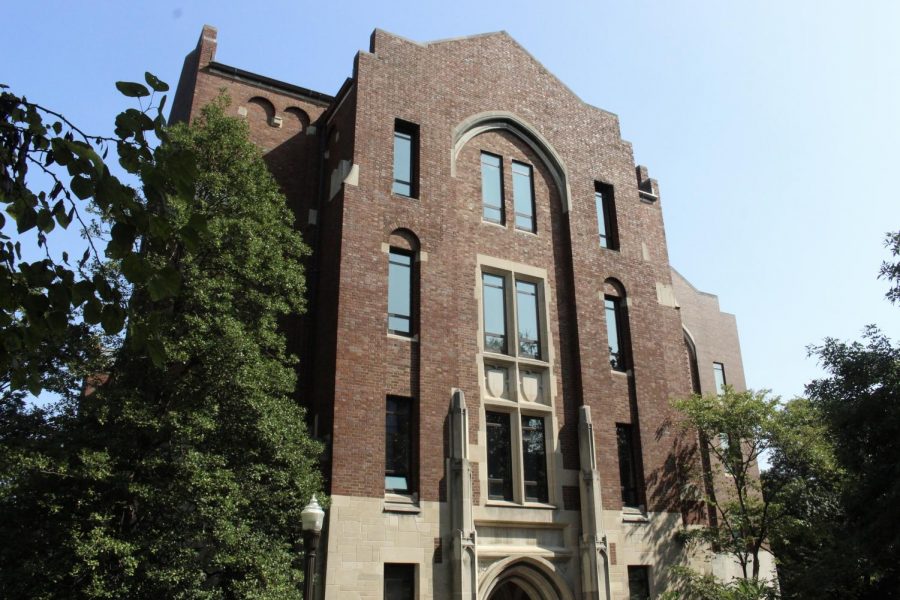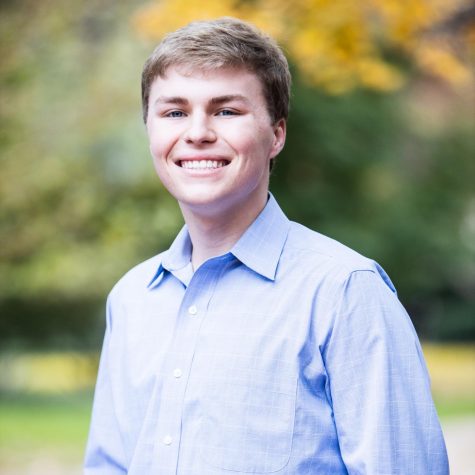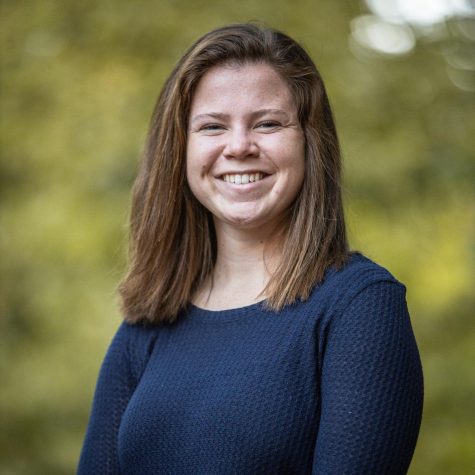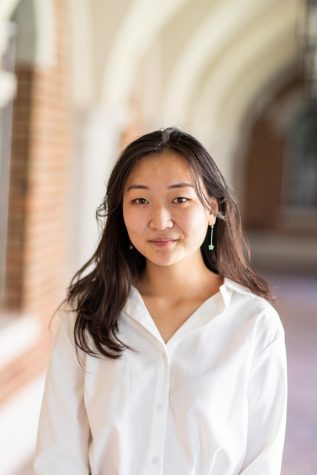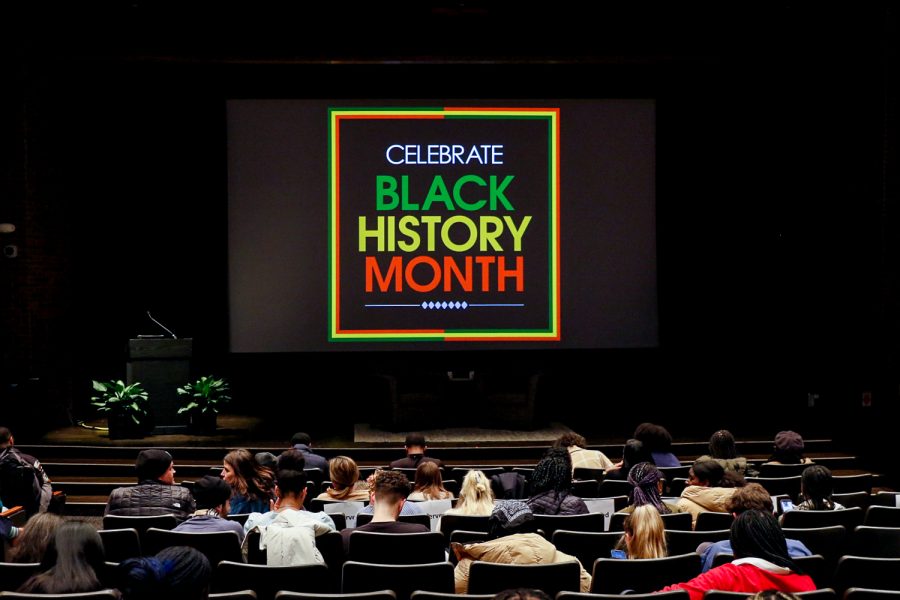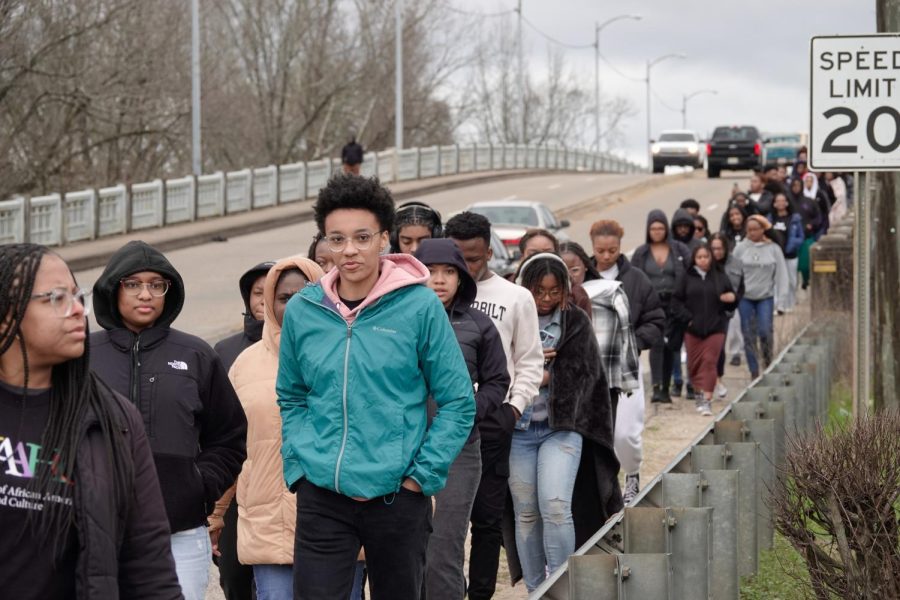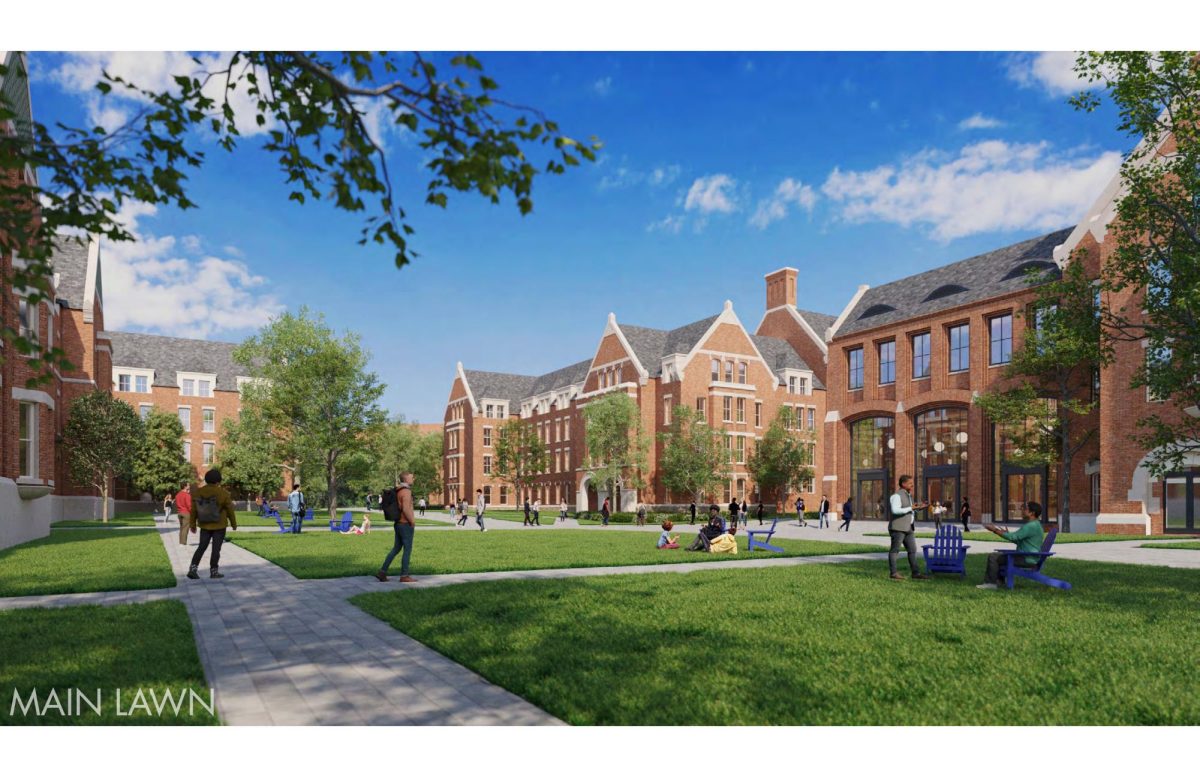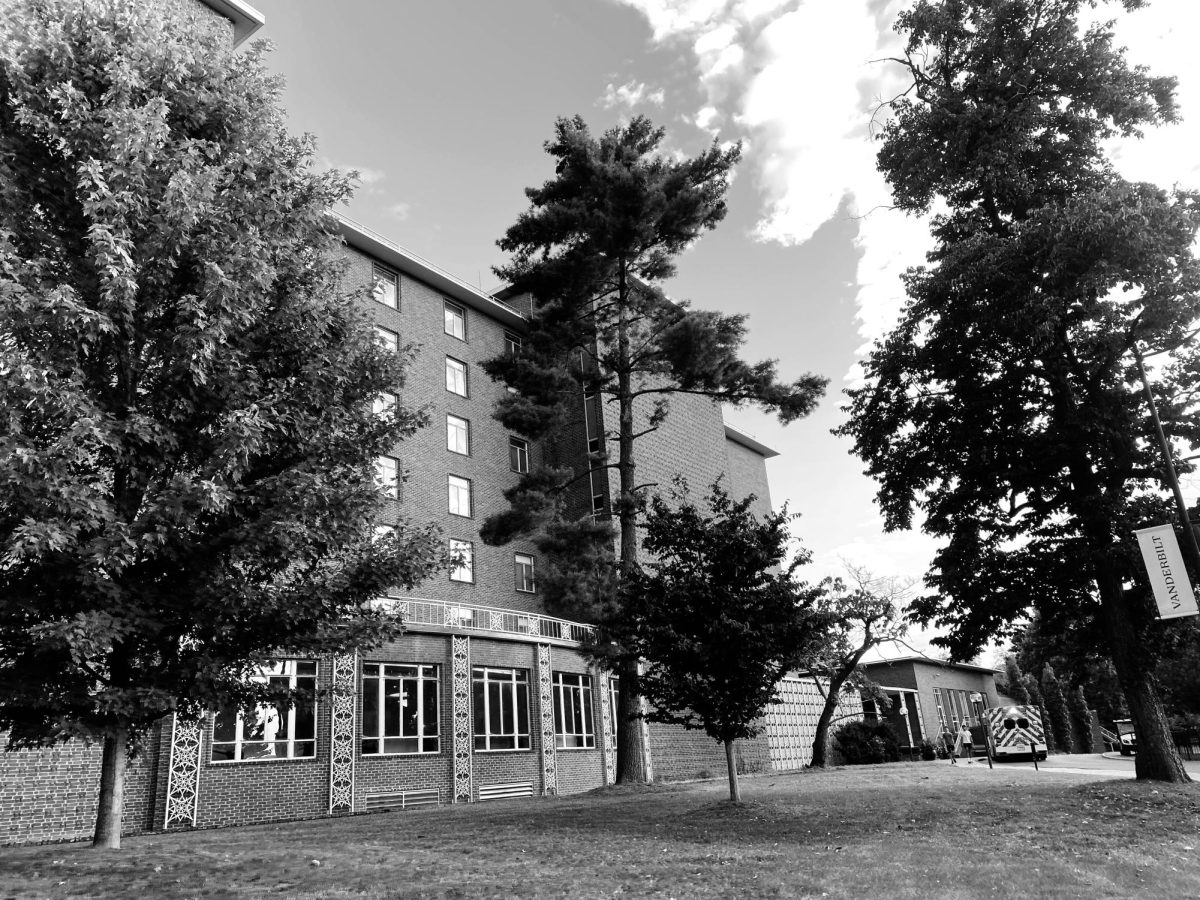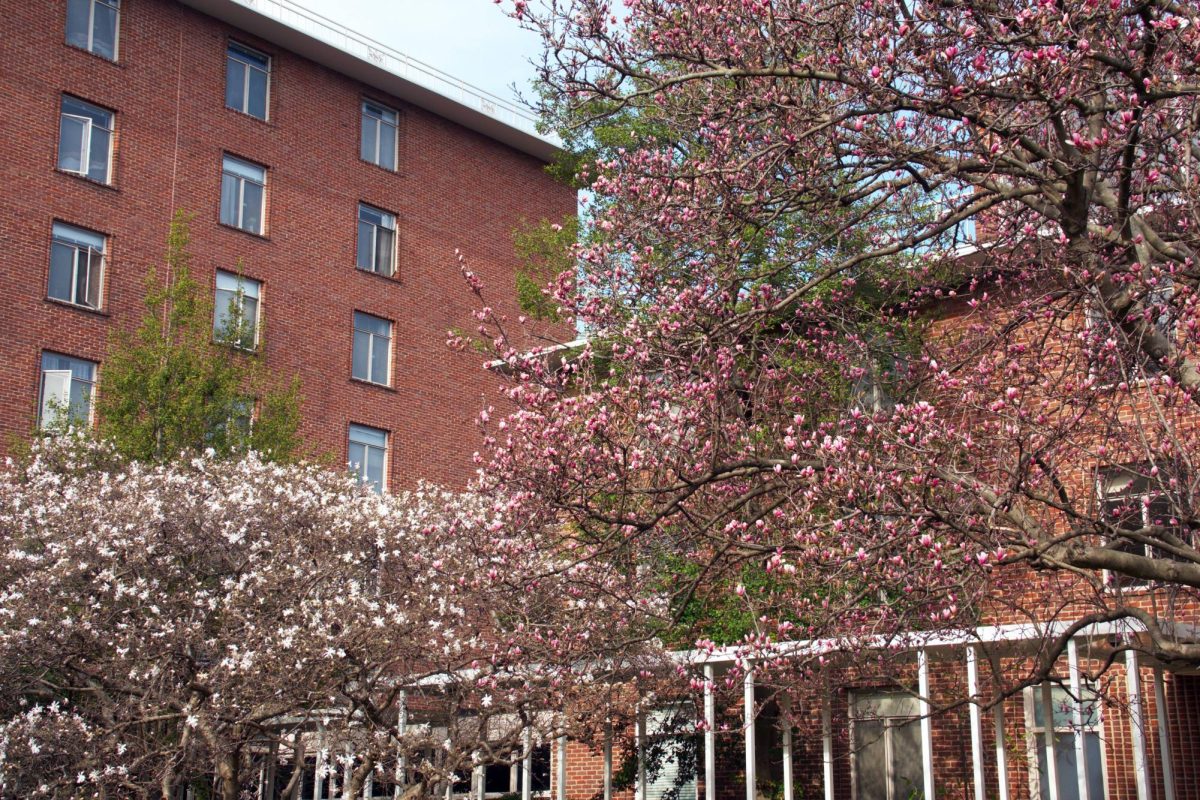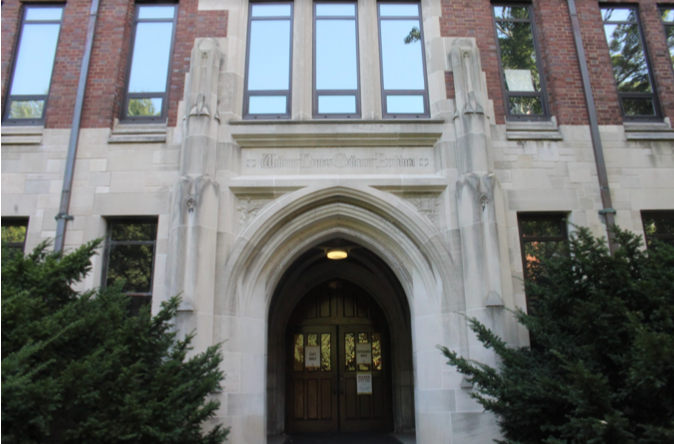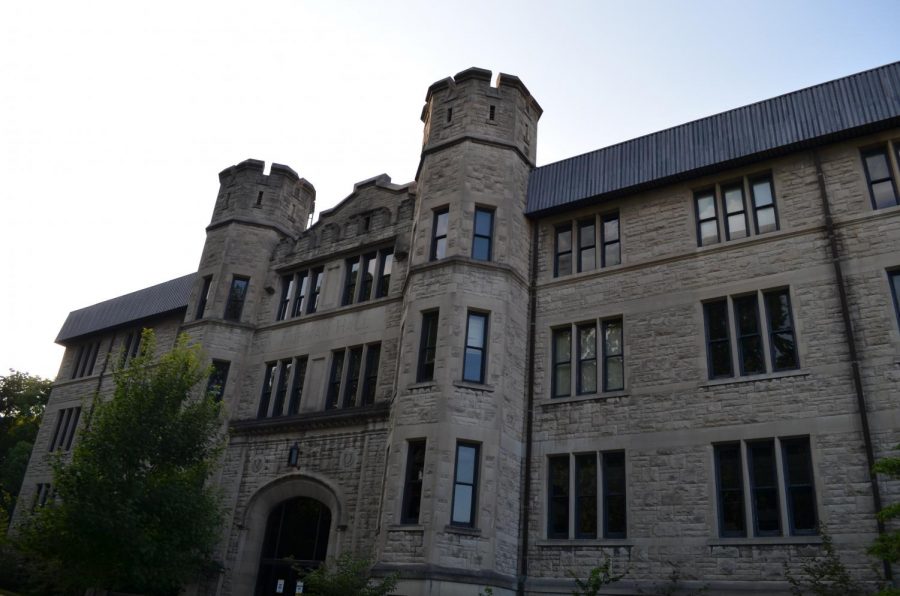As a historical institution in the American South, Vanderbilt has a complicated past with regards to race, illustrated by the names honored on its buildings.
These names, ranging from previous chancellors who held slaves to civil rights figures, reflect the history of race relations in the U.S. from times of slavery to the present. Buildings like McTyeire House, Garland Hall, Moore College and others honor influential figures in the university’s history.
Legacies of Civil War and Reconstruction
Bishop Holland N. McTyeire founded the university in 1873—eight years after the end of the Civil War—with a $1 million grant from railroad magnate Cornelius Vanderbilt. Born in 1824, McTyeire grew up in a family of South Carolina cotton farmers who owned at least one slave named Cyrus. Prior to the Civil War, McTyeire published an essay in defense of the institution of slavery. Today, the McTyeire International House is named after McTyeire.
The connection between McTyeire’s name and the legacy of slavery has stoked feelings of discomfort among some Vanderbilt students living in the dorm today.
“It’s not a pleasant feeling,” sophomore Brandon Yang said about living in McTyeire. “Not just McTyeire, but Vanderbilt in general, as a school in the South—I feel like we have more ties to slave owners.”
Cornelius Vanderbilt, the Commodore himself, hailed from New York and donated a warship named the U.S.S. Vanderbilt to support the Union Army during the Civil War. In 1873, Vanderbilt’s second wife, an Alabaman named Frank Armstrong Crawford, convinced Vanderbilt to make a half-million dollar donation to McTyeire to found the university. Crawford prided herself on being a rebel and was a staunch Confederate during the war. Crawford is honored today in the name of Crawford House on the Martha Rivers Ingram Commons.
One of the final members in the founding coalition of the university was Landon C. Garland, who became the university’s first chancellor in 1875. Recognized in the name of Garland Hall today, Garland, a Virginia-born southerner, was said to have owned nearly 60 slaves prior to abolition. Garland expressed opposition to slavery after the Civil War.
The name of Calhoun Hall has also generated controversy due to the history of William Henry Calhoun, the building’s namesake, as a supporter of the Confederacy and slave owner.
Sophomore Jacob Hale—though uninvolved in Vanderbilt’s campus reformation efforts—has been participating in debates surrounding the preservation of Civil War memorials since he was in seventh grade. As a 13-year-old, Hale, an Austin, Texas native, drafted legislation for State Representative Donna Howard calling for the abolition of Confederate Heroes Day, a state holiday honoring Robert E. Lee and Jefferson Davis. Hale has continued to push for the elimination of the holiday.
Hale emphasized that evaluating the symbolism associated with campus monuments, memorials and holidays is important for expressing the values of the school.
“Who we choose to celebrate is a reflection of who we aspire to be,” Hale said.
Civil Rights
In addition to ties to the Civil War and Reconstruction eras, the names of prominent Vanderbilt buildings demonstrate the university’s entanglement with the civil rights efforts of the 21st century.
The Carmichael Towers are named after Oliver C. Carmichael, who served as the university’s third chancellor from 1937-1946. After Carmichael’s Vanderbilt tenure, he became the president of the University of Alabama. In 1956, while president at Alabama, Carmichael admitted the university’s first-ever Black student, Autherine Lucy Foster. However, the university’s trustees expelled Foster three days after enrollment citing safety reasons for her and other students following pushback. A minority of the faculty disputed these claims and said the university “succumbed to mob rule,” per The New York Times. Carmichael disagreed with the faculty in regards to mob rule.
The Branscomb Quadrangle is named after Carmichael’s successor, Chancellor Harvie Branscomb. In 1960, Branscomb oversaw the expulsion of Divinity School student James Lawson Jr. Lawson was an activist who organized and led the Nashville sit-in protests in 1960. Under pressure from trustees and the Nashville community, Branscomb ultimately advised the Divinity School dean to expel Lawson in response to his role in the protests. The university did not publicly apologize to Lawson until 2006, when he was invited back to teach and the Lawson Lecture series was named for him.
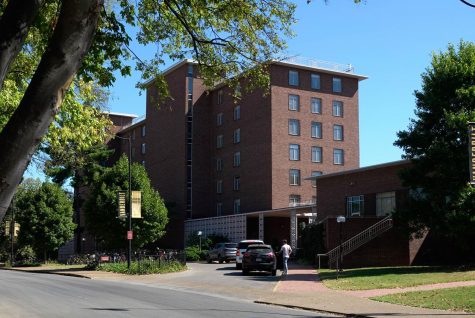
Memories of Progress
The names of campus landmarks also honor historic Vanderbilt figures who pushed forward the struggle for racial justice. The Bishop Joseph Johnson Black Cultural Center (BCC) memorializes Joseph Johnson, the first Black student to attend Vanderbilt in 1953 under special circumstances. Johnson earned his bachelor’s degree in divinity in 1954 and received his Ph.D. in theology from the School of Religion in 1958. Over a decade after Johnson’s enrollment, the university admitted its first class of Black undergraduates in 1964.
Warren College is named after Robert Penn Warren, a Vanderbilt alumnus who won the 1947 Pulitzer Prize for the novel “All the King’s Men” and became the first poet laureate of the U.S. Warren contributed to the civil rights movement in the form of his 1965 book “Who Speaks for the Negro?,” where he published transcripts and commentary from interviews with racial justice leaders such as Martin Luther King Jr., Malcolm X and James Baldwin.
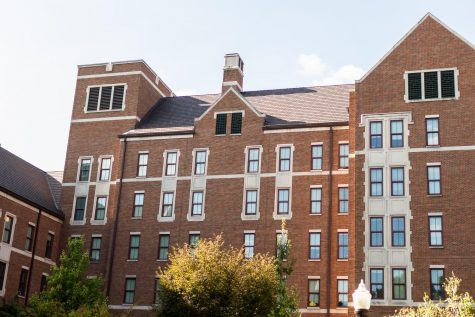
Branscomb’s successor, Alexander Heard, namesake of the Jean and Alexander Heard Library, led the university through the civil rights movement as chancellor from 1962-83. Despite opposition from some members of the Nashville community and Vanderbilt’s board, Heard supported the invitation of Martin Luther King Jr. and Stokely Carmichael, later called Kwame Ture, to speak at Vanderbilt in 1967 for the university’s Impact Symposium.
Following Carmichael’s speech, a riot broke out in Nashville near Fisk University. After two nights of rioting, the situation calmed down but local newspapers and Vanderbilt board of trustee members blamed both Carmichael and Heard for the violence.
Reformation Efforts
In recent history, students have mobilized to advocate for the severing of campus ties to the legacies of slavery and racism.
The university removed “Confederate” from the name of Memorial House in 2016. Anonymous donations were compiled to pay $1.2 million back to the Daughters of the Confederacy chapter, whose donation originally paid for the building. Recent efforts to change the name of Calhoun Hall have resulted in the passage of a VSG resolution supporting the name change, although further action has yet to be taken.
“I think Vanderbilt should recognize the history and impact that we have, especially [on] students who have been affected by the historical implications of slavery,” Yang said.
In Feb. 2020, the street in front of Memorial Gymnasium was renamed Perry Wallace Way in honor of Perry Wallace (‘70), the first Black basketball player to play in the Southeastern Conference.
Vanderbilt’s School of Medicine recently approved the revision of the Medical Center’s street “Dixie Place” to “Vivien Thomas Way.” The name honors Vivien Thomas, the grandson of a slave who joined Vanderbilt as a lab assistant in 1930 and went on to innovate a novel surgical technique known as the Blalock-Thomas-Taussig shunt.
Regarding continued reformation across Vanderbilt’s campus, Hale noted that personal ties to certain monuments may slow change, using Fort Bragg, a military base in North Carolina named after Confederate General Braxton Bragg, as an example.
“Some people may say ‘Fort Bragg’ was named ‘Fort Bragg’ when [their families] served there, so [they may] want to keep it named ‘Fort Bragg,’” Hale said.
In their current state, the buildings of Vanderbilt’s campus serve as a lens into the university’s history and complex relationship with the struggle for racial equity.

